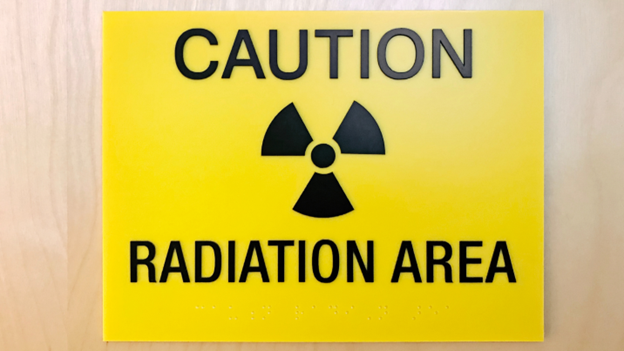
Radiation-based thickness gauges are commonly used in various industrial applications to measure the thickness of materials. These gauges utilize different types of radiation, such as beta, gamma, or X-rays, to penetrate through the material and determine its thickness. However, different alloys may require different measurement techniques because of variations in their composition, density, and atomic structure.
The interaction of radiation with matter depends on several factors, including the atomic number and density of the material, as well as the energy and type of radiation being used. These factors affect how the radiation penetrates the material and interacts with its atoms, causing various physical processes such as scattering, absorption, or reflection.
Different alloys have different compositions, which can affect the way radiation interacts with them. For instance, some alloys contain elements with higher atomic numbers, such as lead, tungsten, or platinum, which can absorb or scatter more radiation than materials with lower atomic numbers, such as aluminum or copper. Consequently, the penetration depth of the radiation may be reduced, and the measurement may not be accurate. Additionally, the density of the alloy can also affect the radiation’s interaction with it, as denser materials may absorb more radiation than less dense materials.
In some cases, the composition of the alloy can cause the radiation to interact differently with the material’s atoms, affecting the measurement’s accuracy. For example, in some alloys, the atoms may be arranged in a crystalline lattice structure that can cause the radiation to scatter in different directions or be absorbed by the material differently, making it challenging to determine the material’s thickness accurately.
Moreover, the thickness of the material can also affect the measurement technique. For instance, thicker materials require more penetrating radiation to reach the detector and provide an accurate measurement. However, for thinner materials, lower energy radiation may be sufficient. Therefore, choosing the right type of radiation and energy level is essential to achieving accurate measurements.
To account for these variations, different alloys may require different measurement techniques. For example, beta radiation is often used to measure the thickness of non-ferrous metals, such as aluminum and copper, because they have low atomic numbers, making them transparent to beta particles. However, beta radiation may not be suitable for measuring thicker or denser materials, as it may not penetrate the material deeply enough to provide an accurate measurement.
Gamma radiation is often used to measure the thickness of denser materials or alloys that contain high atomic number elements. Gamma rays have higher energy and can penetrate deeper into the material, providing more accurate measurements. However, gamma rays may also be scattered by the material, affecting the measurement’s accuracy.
X-rays are another type of radiation commonly used for thickness gauging. They can provide accurate measurements for a wide range of materials and thicknesses, and can also be adjusted to accommodate different alloys. X-rays can penetrate a material and interact with its atoms, causing them to emit characteristic X-rays that can be detected and used to determine the material’s thickness.
The radiation source, detector, and measurement technique may need to be adjusted according to the material being measured. For example, for alloys with high atomic number elements, a gamma radiation source with a collimator may be used to minimize scatter and achieve accurate measurements. In contrast, for thinner materials, a beta radiation source may be used, as it is more efficient and cost-effective.
In conclusion, radiation-based thickness gauges are essential tools for measuring the thickness of materials in various industrial applications. The choice of radiation type, energy level, and measurement technique depends on the material being measured and its composition, density, and atomic structure. Different alloys require different measurement techniques, and selecting the appropriate radiation source and detector is crucial to achieving accurate measurements. By understanding the principles of radiation-based thickness gauging and the factors that affect the measurement accuracy, it is possible to obtain reliable.